Story and Photos by Hannah Deadman-Arnst
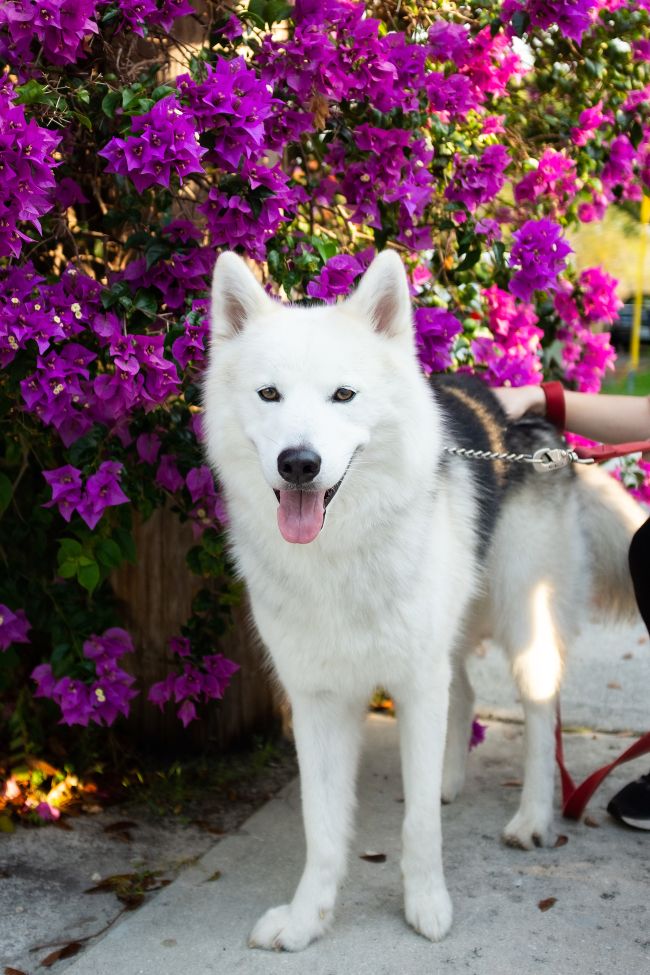
It’s no secret: everybody loves Siberian huskies. This northern breed appears on countless viral videos on TikTok, YouTube, and Instagram—often showcasing the dog’s larger-than-life personality, big attitude, and escape-artist tendencies.
Huskies are extremely popular. They made the American Kennel Club’s 2022 list of most popular dog breeds—ranking 21 out of 199. But despite their stunning looks and big personalities, huskies may not be right for everyone. These working dogs require more attention and exercise than most.
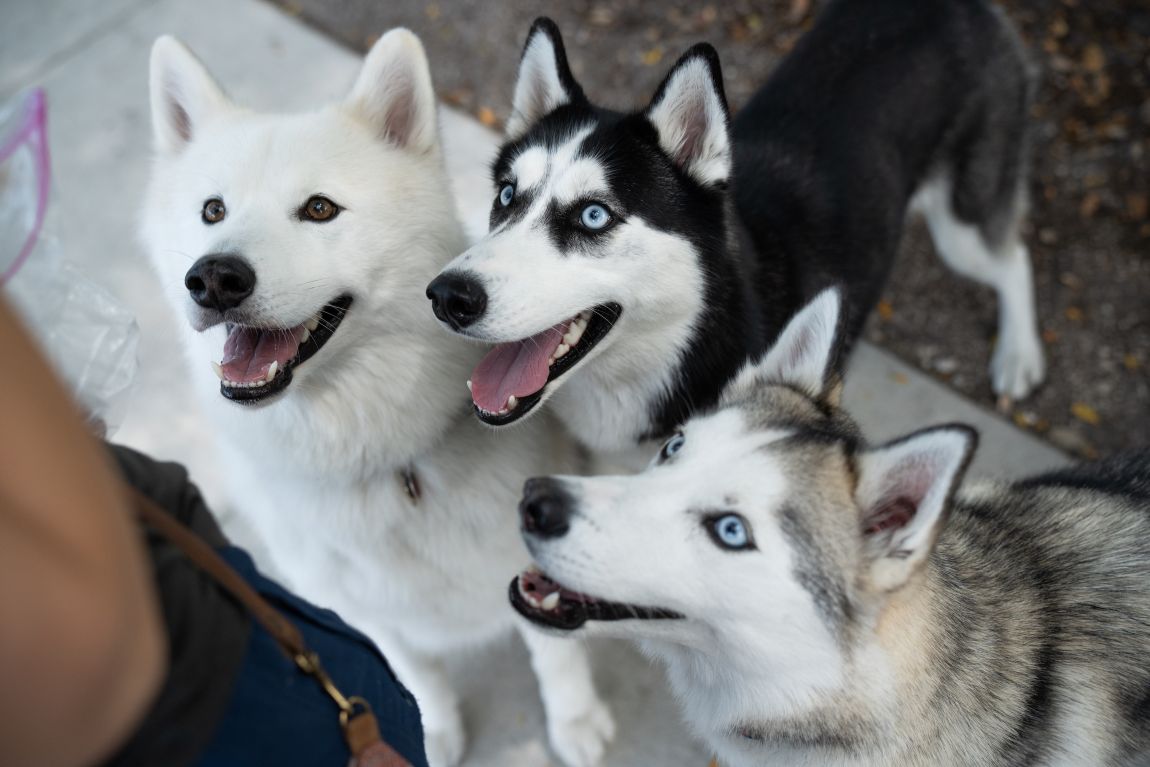
The amount of Siberian huskies in shelters, particularly in South Florida, remains a major issue. With most shelters at (or over) capacity, prospective owners need to do careful research on whatever breed they’re interested in before making that 10+ year commitment.
In 2019, my husband and I rescued our first husky, Buddy. In 2022, we adopted Sapphire. We adopted both of them through GTS Husky Rescue, a nonprofit foster-based organization in South Florida. I’m so glad we did our homework beforehand. Having two huskies is incredibly rewarding. With our active lifestyle and love for dogs, every day is a fun, new challenge. It works for us, and we wouldn’t have it any other way!
Despite the breed’s popularity, many folks are misinformed about the Siberian husky’s temperament and characteristics. In this article, I’ll shed (get it?!) light on and bust myths about these amazing dogs.
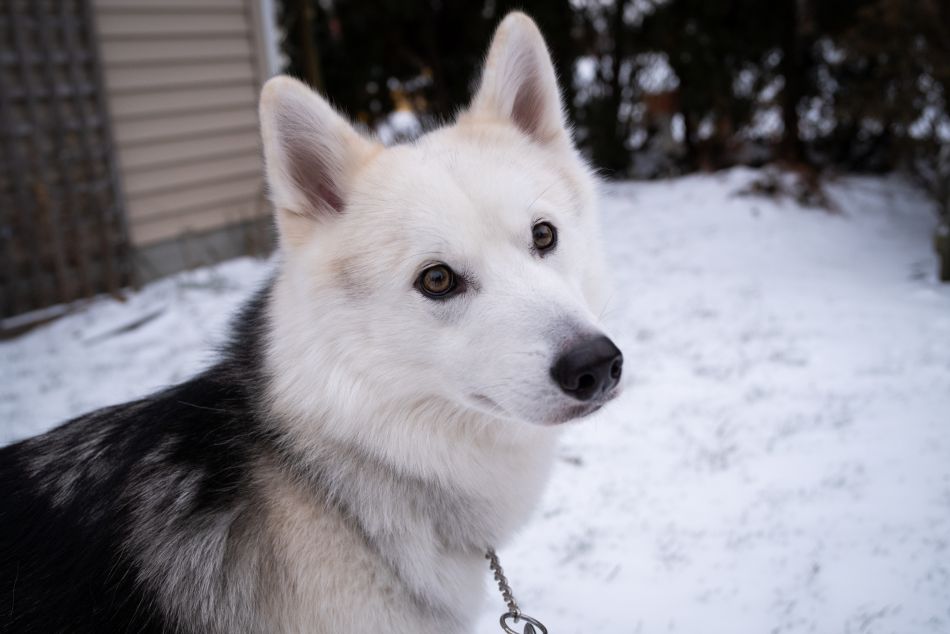
Myth: Huskies are troublemakers
People often think huskies are mischievous dogs that destroy furniture. While this can happen, it’s because of an underlying culprit: boredom. These high-energy dogs were bred to work. The earliest known sled dog was bred in Siberia by the Indigenous Chukchi people. In the early 20th century, the breed was brought to Alaska for sled dog races. In the 1920s, the breed (including a couple of famous individuals, Togo and Balto) gained notoriety for participating in the life-saving sled dog relay to Nome, Alaska, carrying diphtheria antitoxin serum across 600+ miles of blizzard-battered terrain. Today’s Siberians still need to run. We try to walk ours at least three miles per day, along with hikes and dog park outings. Giving them proper exercise helps keep them healthy, happy, and out of trouble!
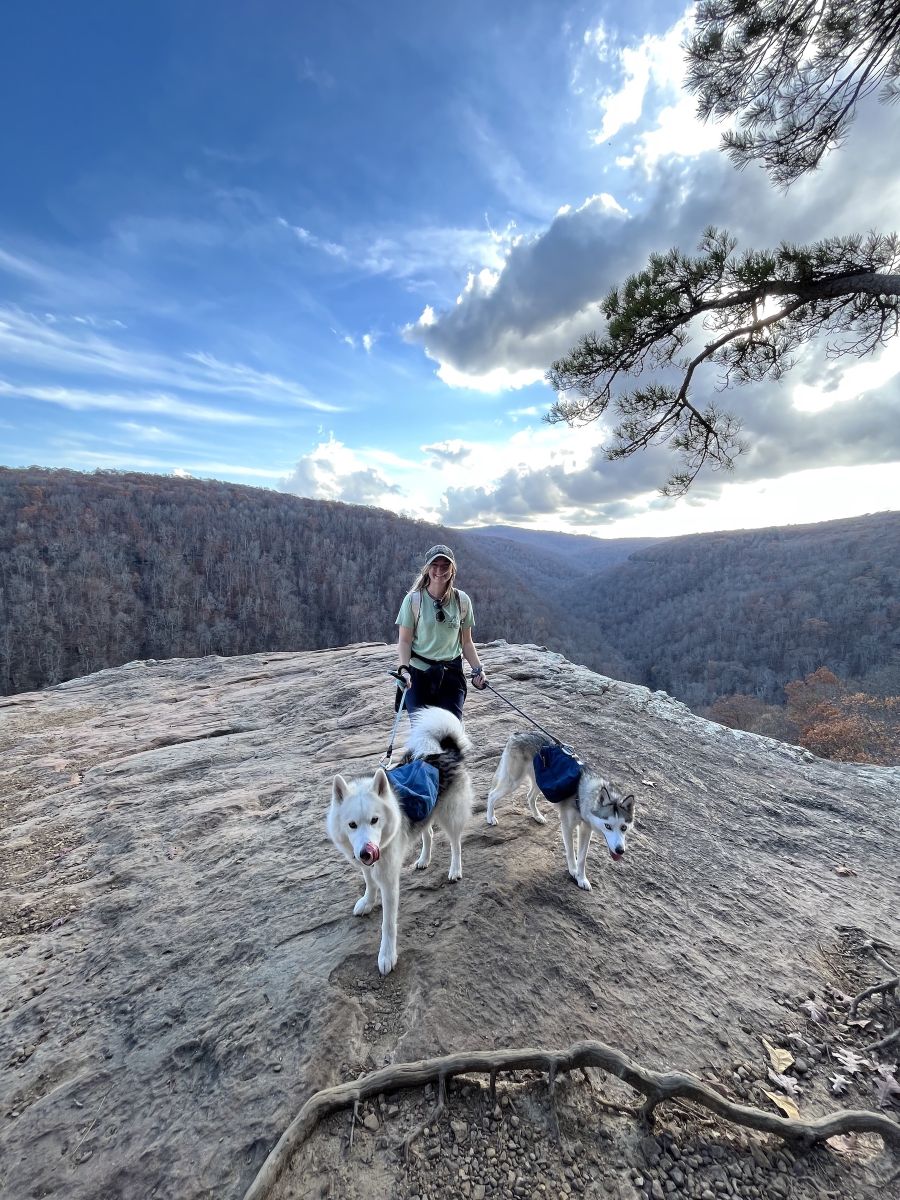
Myth: Huskies are hard to train
There are different types of dog intelligence. Canine psychologist and researcher Stanley Coren wrote a book called “The Intelligence of Dogs”, which explores three types: instinctive, adaptive, and working or obedience intelligence. In the book’s list of 138 breeds, Siberians rank #74 in working/obedience intelligence (or how quickly they learn new commands). However, they’re amazing when it comes to adaptive intelligence (a dog’s ability to learn on their own) and instinctive intelligence (doing what they were bred to do). Independent dogs like huskies can solve more complex problems than other breeds. That’s also why they can be stubborn—and great escape artists! Like any working breed, huskies can be successfully trained with positive reinforcement, consistency, and patience.
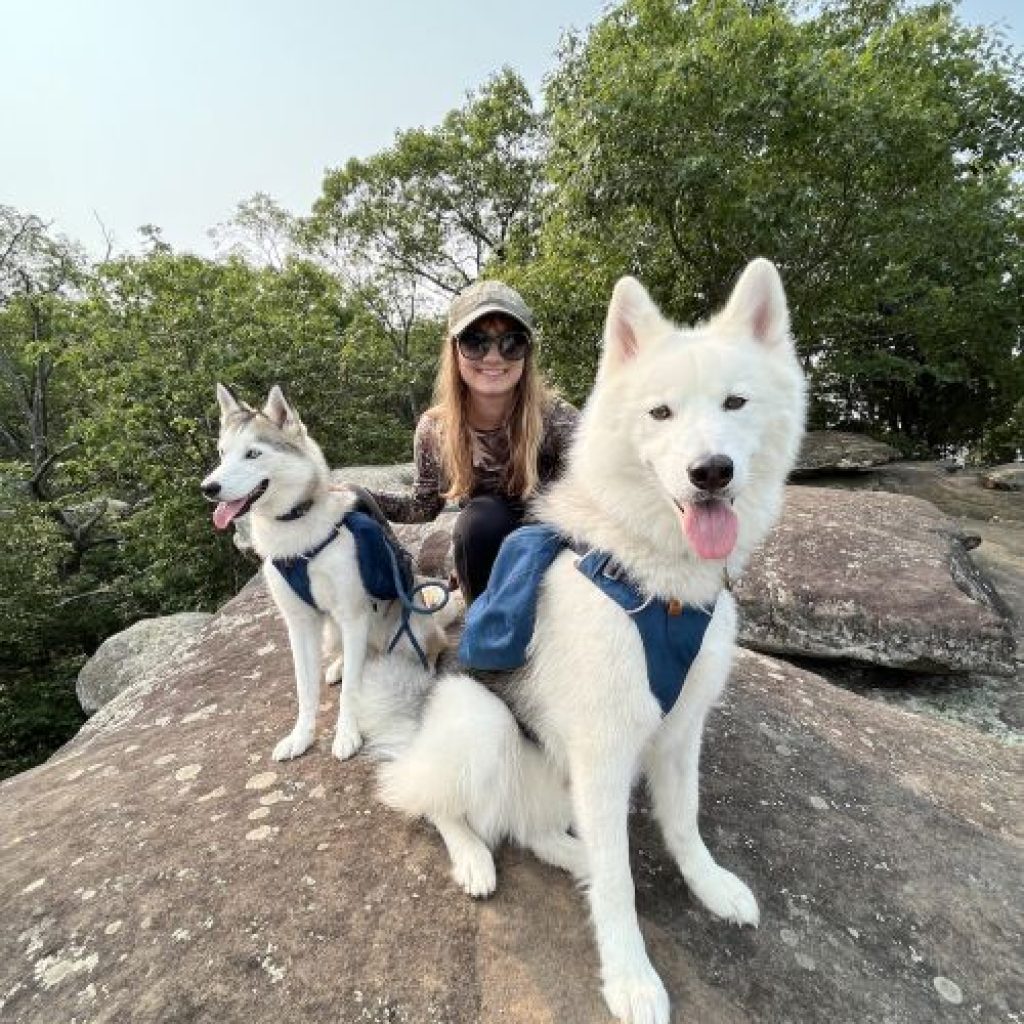
Myth: Huskies are more closely related to wolves
All domesticated dogs are descendants of wolves. Despite their “wild” appearance and affinity for howling, huskies are no more closely related to wolves than a Chihuahua. All domesticated dogs—from bloodhounds to Bichon Frisés—are the same species (Canis familiaris). Sadly, in recent years, there’s been an uptick in surrendered and abandoned huskies, due in part to the popular TV series, Game of Thrones. People want a dog resembling the fictional “direwolf”, but don’t realize the amount of patience, exercise, and resources it takes to care for one. One of the GOT actors, Jerome Flynn, even created a special video announcement with PETA urging the public to think carefully before getting a husky.
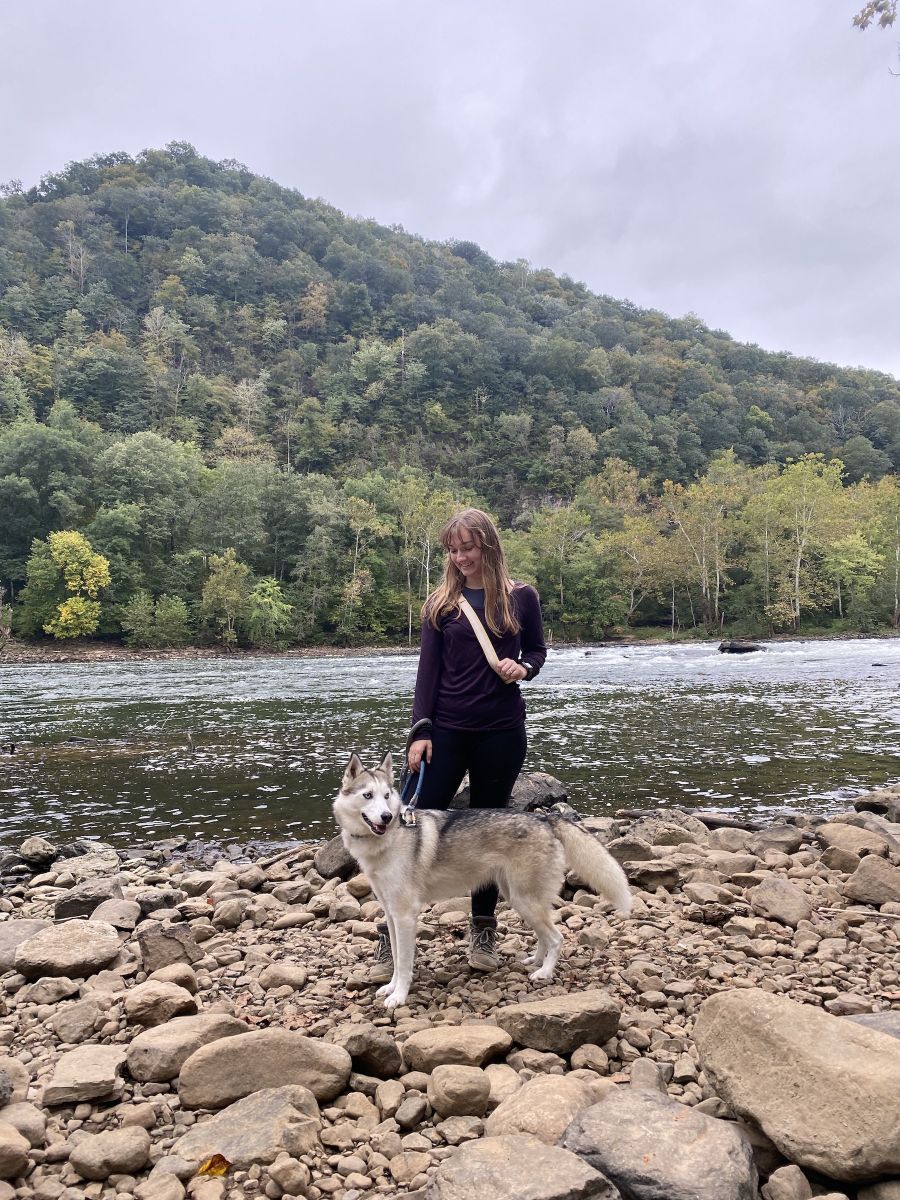
Myth: Huskies are vocal
OK, you got me. This is true! Huskies are very vocal, though some more than others. They love to howl and woo—whether it’s time for dinner or time to play. Sometimes, dog howls are used as a way to communicate location with others. Our Buddy is a big “woo-er”. He also howls when a fire truck, ambulance, or squad car goes by. Sapphire won’t make many “woo” sounds—unless she’s joining Buddy in a howling session or really wants to play. The good thing about a vocal dog? You’ll usually know when they want something!
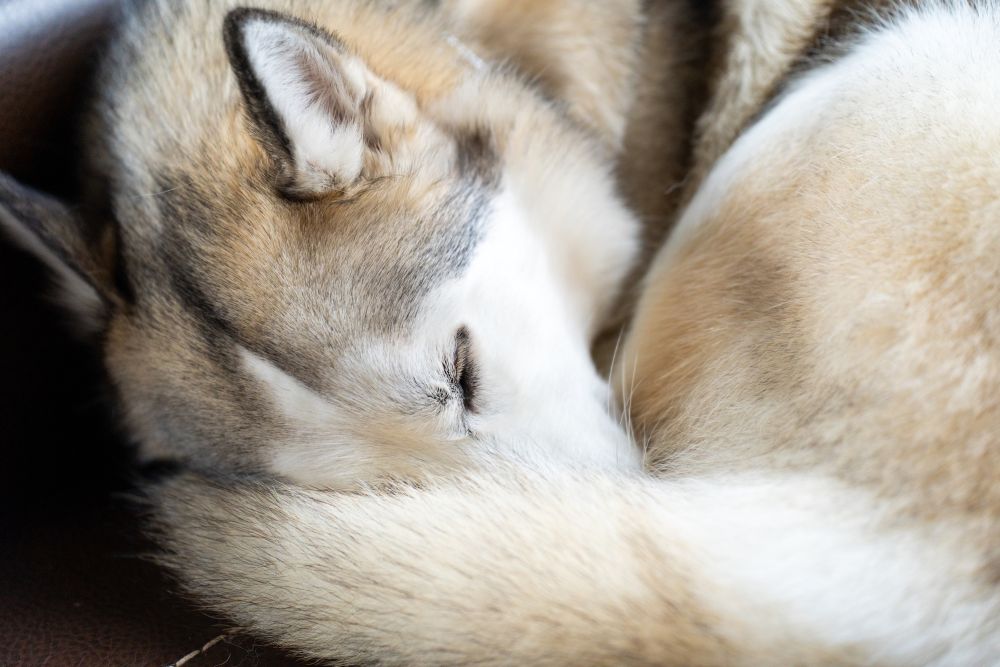
Myth: Huskies can’t do warm climates
While it’s true that Siberian huskies were bred to withstand the freezing temperatures of the Arctic Circle, their double coat acts as an insulator, keeping them comfortable in both warm and cool temperatures. In the warmer months, they stay cool more easily than shorthaired dogs like Labradors or pitties! Husky owners must never shave their Siberian’s coat, because the dog will be more prone to burns and overheating. Plus, the double coat may not grow back properly. Another thing to note is that Sibes shed a lot. They also “blow” their coat once or twice a year. It’s important to clean up after your husky and invest in a great vacuum!

Myth: Huskies aren’t good with kids or other animals
While every dog is different, most huskies are amazing family dogs and good with kids. They are loyal, pack-oriented, and have a sociable, friendly temperament. For this same reason, they do not make good guard dogs! So if you’re looking for a “guard dog”, do not get a husky! Typically, Sibes are great with other dogs. Some are even cat-friendly—while others have a higher prey drive when it comes to smaller animals like cats, squirrels, mice, or birds. Just like any breed, it depends on the dog and their upbringing, personality, and past experiences.
Want to learn more about Siberian huskies? Visit akc.org. You can also follow GTS Husky Rescue on Instagram to support the organization’s efforts in rescuing huskies and malamutes across South Florida from death row.
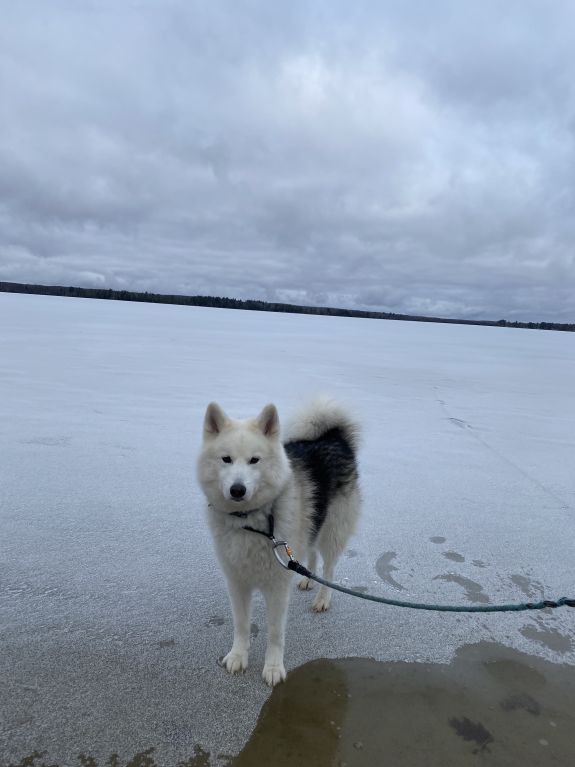
***
A creative thinker with a passion for storytelling, Hannah Deadman-Arnst is a full-time writer, communications professional and traveler. While she calls South Florida home, Hannah travels and works remotely in her camper with her husband, Ryan, and huskies, Buddy and Sapphire. She has explored 42 states, visited 36 national parks and, since 2021, has driven 20,000 miles with her RV. Born and raised in Chicagoland, her love for travel and the outdoors began at a young age—boating Lake Huron, exploring the woods, taking road trips, and having fun outside. She left her full time communications job in 2022 to pursue a freelance career and life on the road. With a background in journalism, arts & sciences communications, and tourism marketing, Hannah loves using stories to drive impact for people and organizations that enrich their communities. She is also a trained dancer and singer. When she’s not creating, she loves to photograph her travels, hike with her dogs, find really good coffee, and read. Follow her adventures at @hannaharnst!

